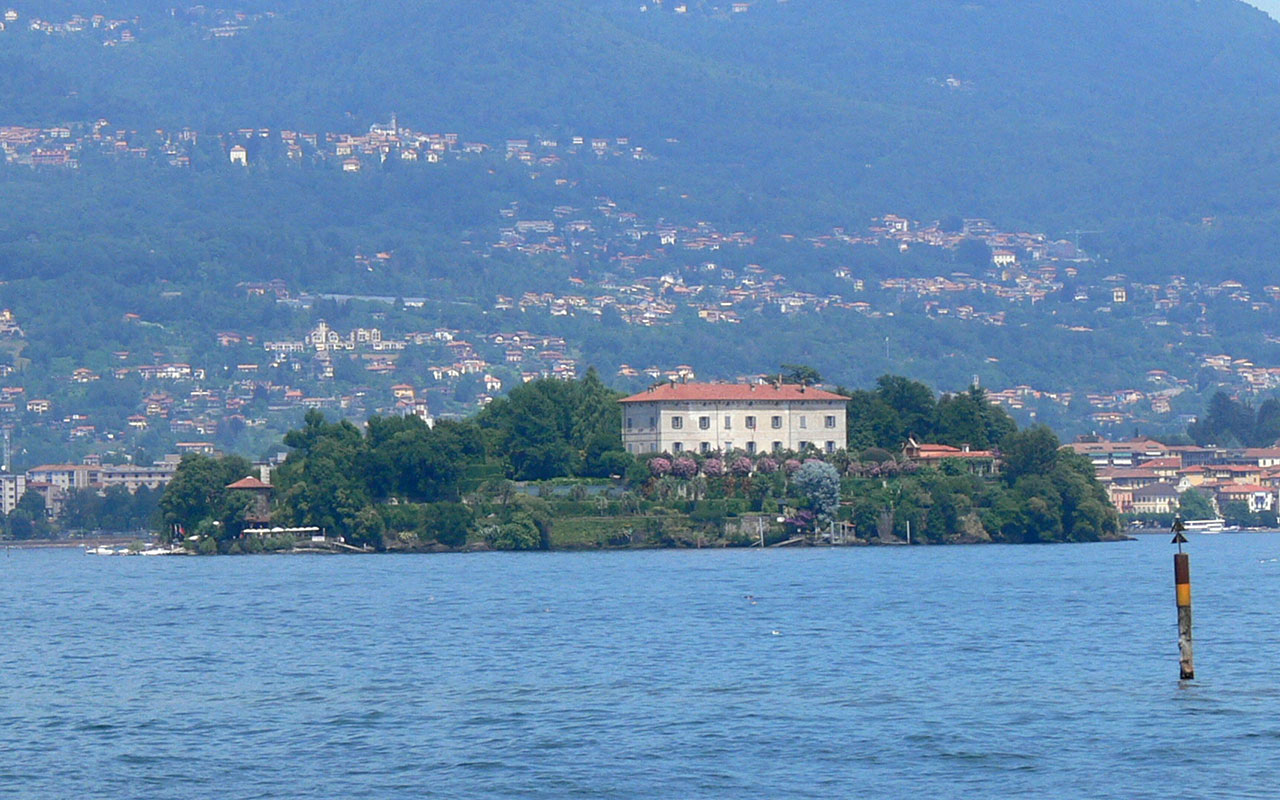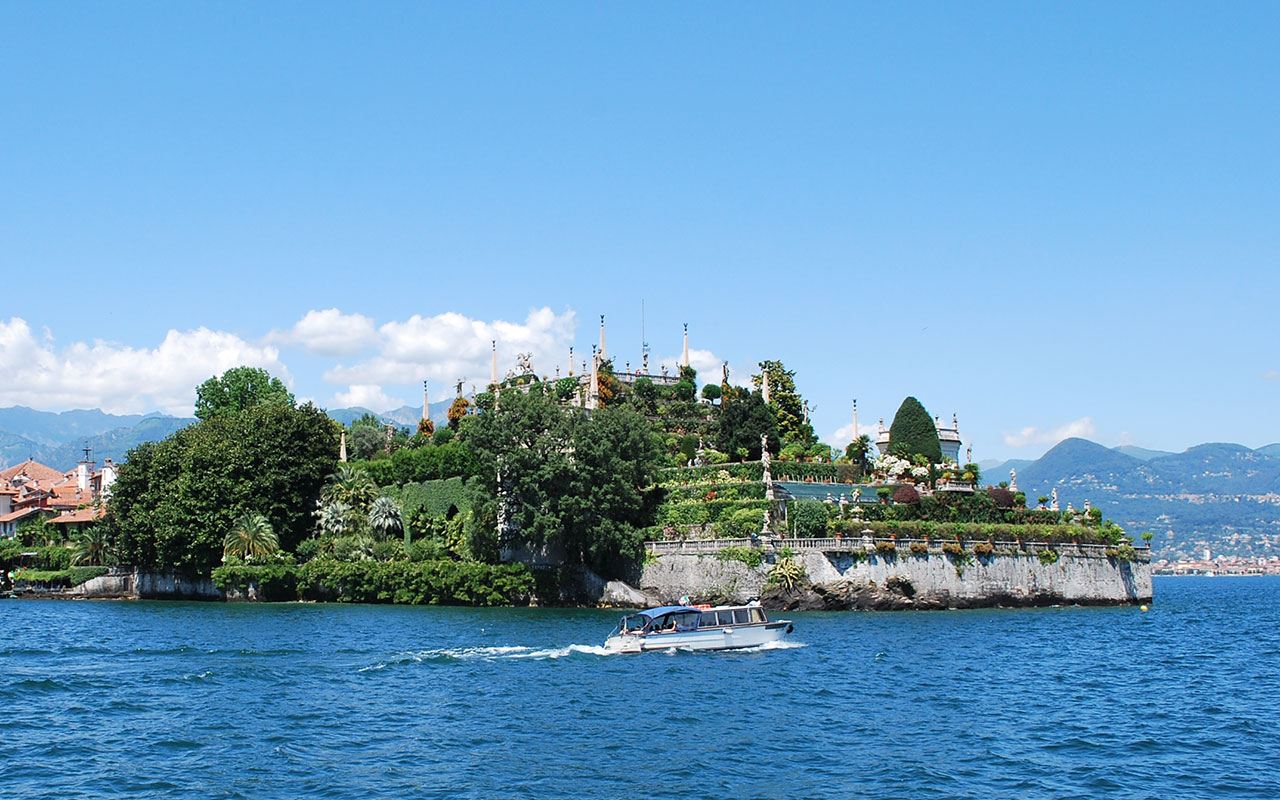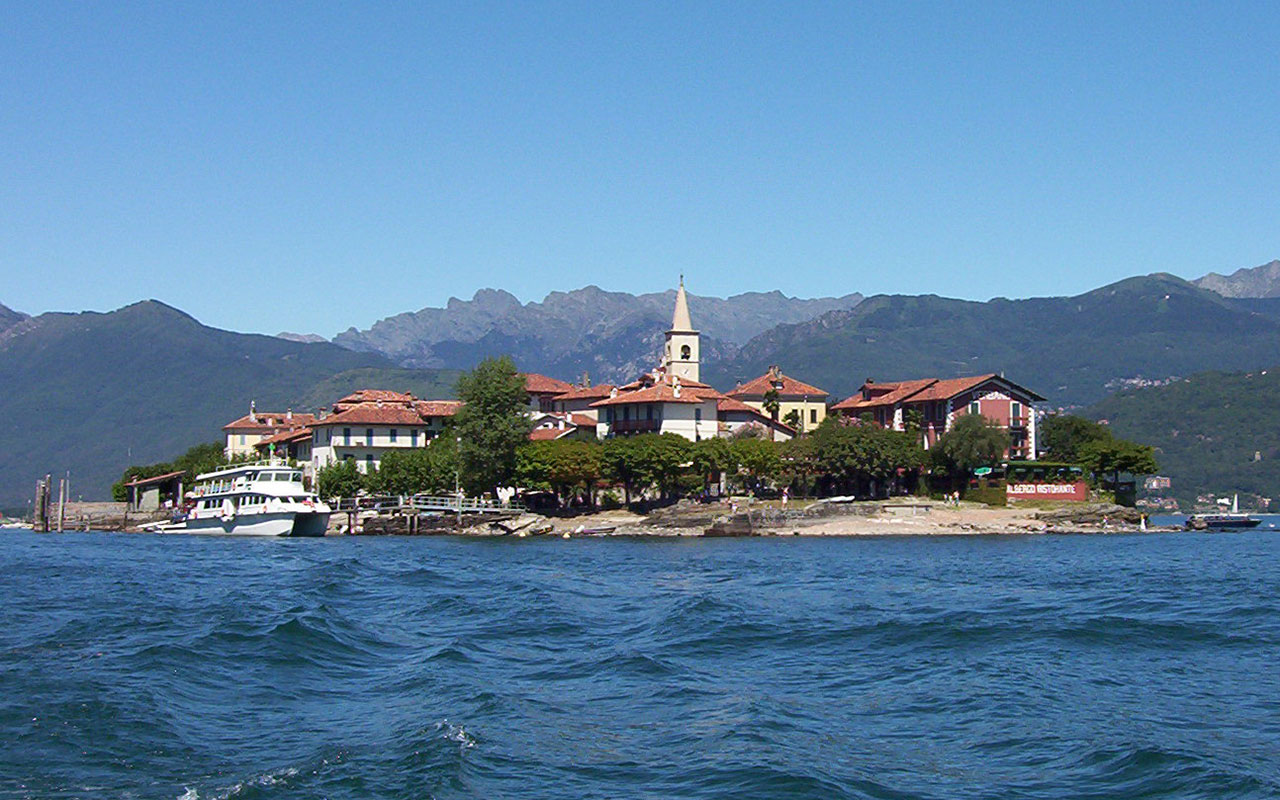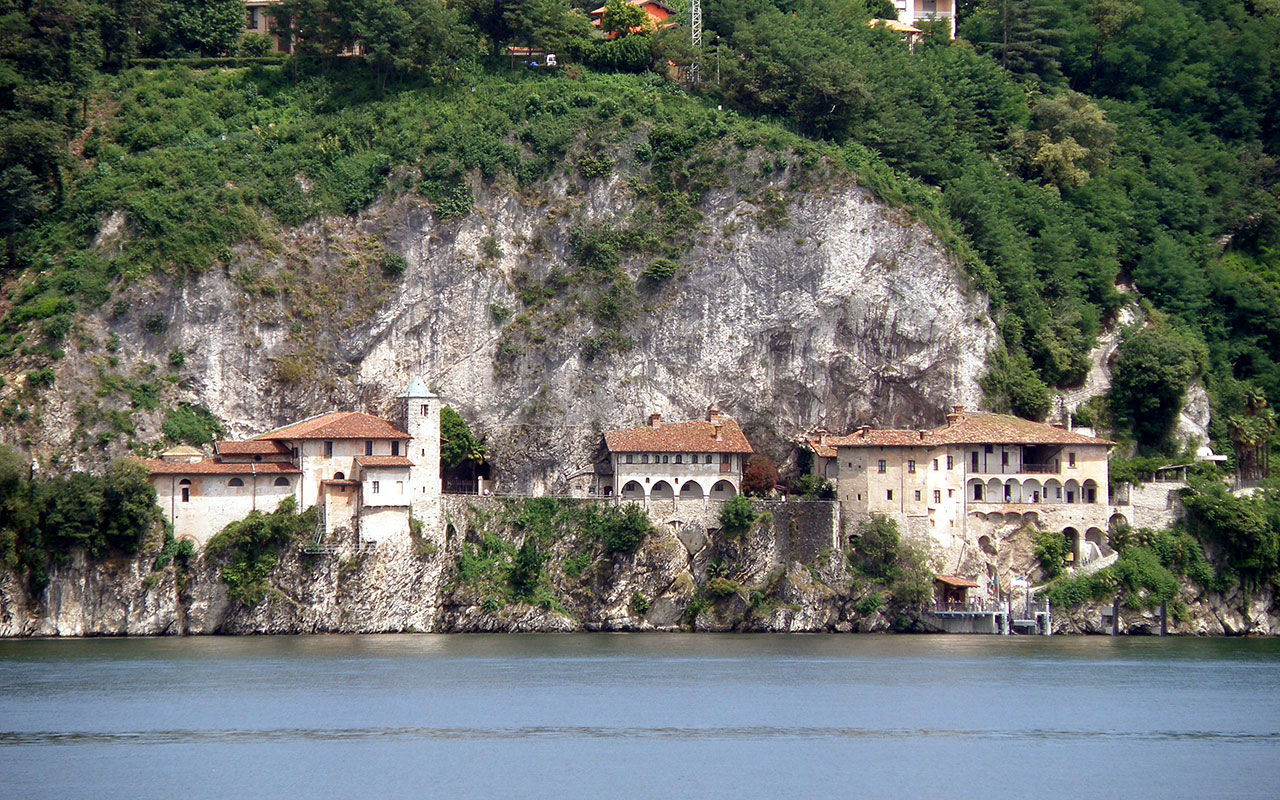Points of interest

The largest of the three Borromean Islands. Here you can visit Palazzo Borromeo, built in 1500 and opened to the public in 1978, full of magnificent furnishings and beautiful rooms. On the island, there is also the chapel for the nobles built in 1858 and a beautiful 8-hectare English garden set on a prior citrus grove that was cultivated until the end of the eighteenth century.

Isola Bella
The largest of the three Borromean Islands. Here you can visit Palazzo Borromeo, built in 1500 and opened to the public in 1978, full of magnificent furnishings and beautiful rooms. On the island, there is also the chapel for the nobles built in 1858 and a beautiful 8-hectare English garden set on a prior citrus grove that was cultivated until the end of the eighteenth century.

Isola Superiore
(Fishermen’s Island)
Fishermen’s Island is the smallest of the Borromean Islands and is also the only one that is inhabited throughout the year. The islet is home to a village with a small square enclosed by narrow alleys that lead to the walk on the northern tip of the island. The many taverns overlooking the lake offer local cuisine.

Rocca Borromea di Angera
Framed by the Lombard Pre-Alps, the Rocca di Angera dominates the southern end of Lake Maggiore, an incredible building made up of five different buildings, built between the 11th and 17th centuries. In a strategic position for control over commerce on the lake, it was owned by the Visconti family, originally from Verbano, and in 1449 it was purchased by the Borromeo family to which it still belongs today. It houses Europe’s largest Dolls and Toys Museum.

Hermitage of Santa Caterina del Sasso
The Hermitage of Santa Caterina del Sasso is a monastery built on a sheer cliff overlooking the eastern shore of Lake Maggiore, in the municipality of Leggiuno (VA). According to tradition, the Santa Caterina complex was built in the 12th century when, after escaping a shipwreck while crossing the lake, a certain Alberto Besozzi of Arolo, a merchant and moneylender of the time made a vow to Santa Caterina of Alessandria to retire in prayer and solitude for the rest of his life in a cave on that stretch of coast.

